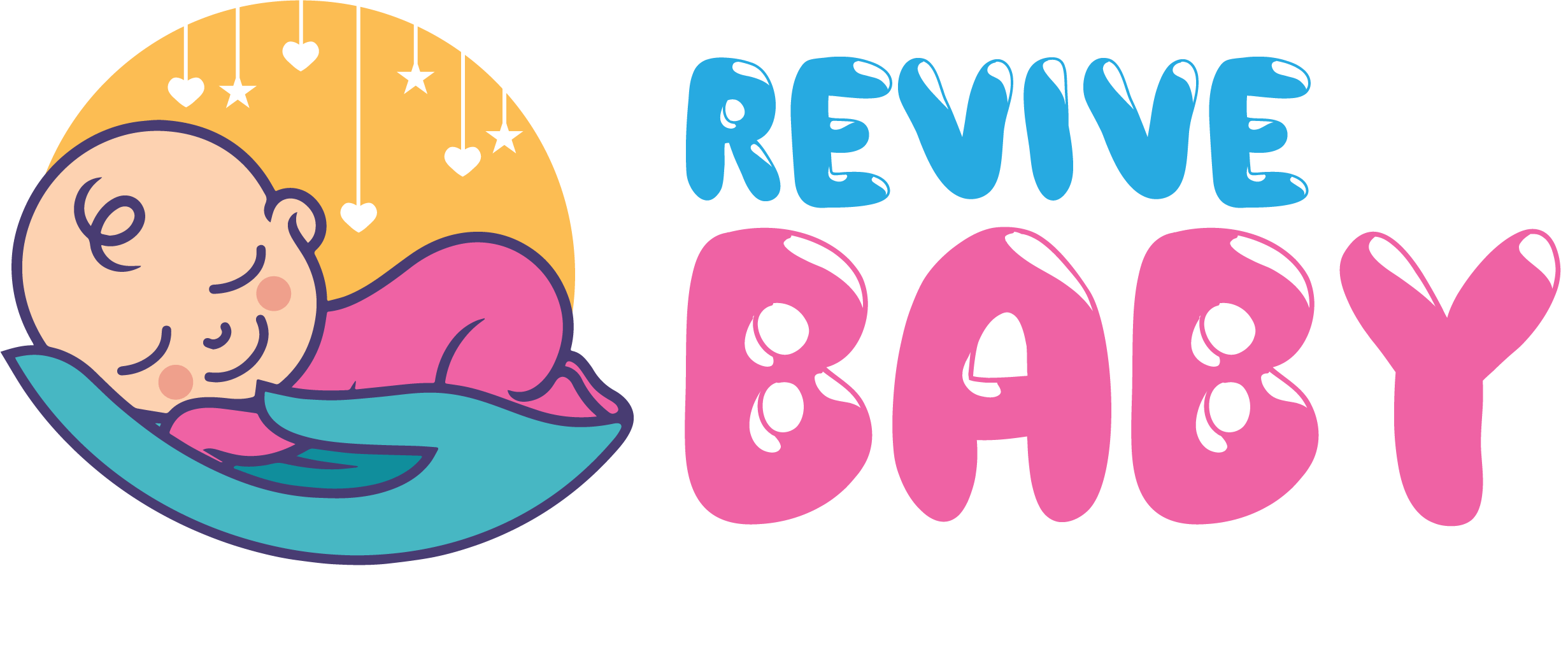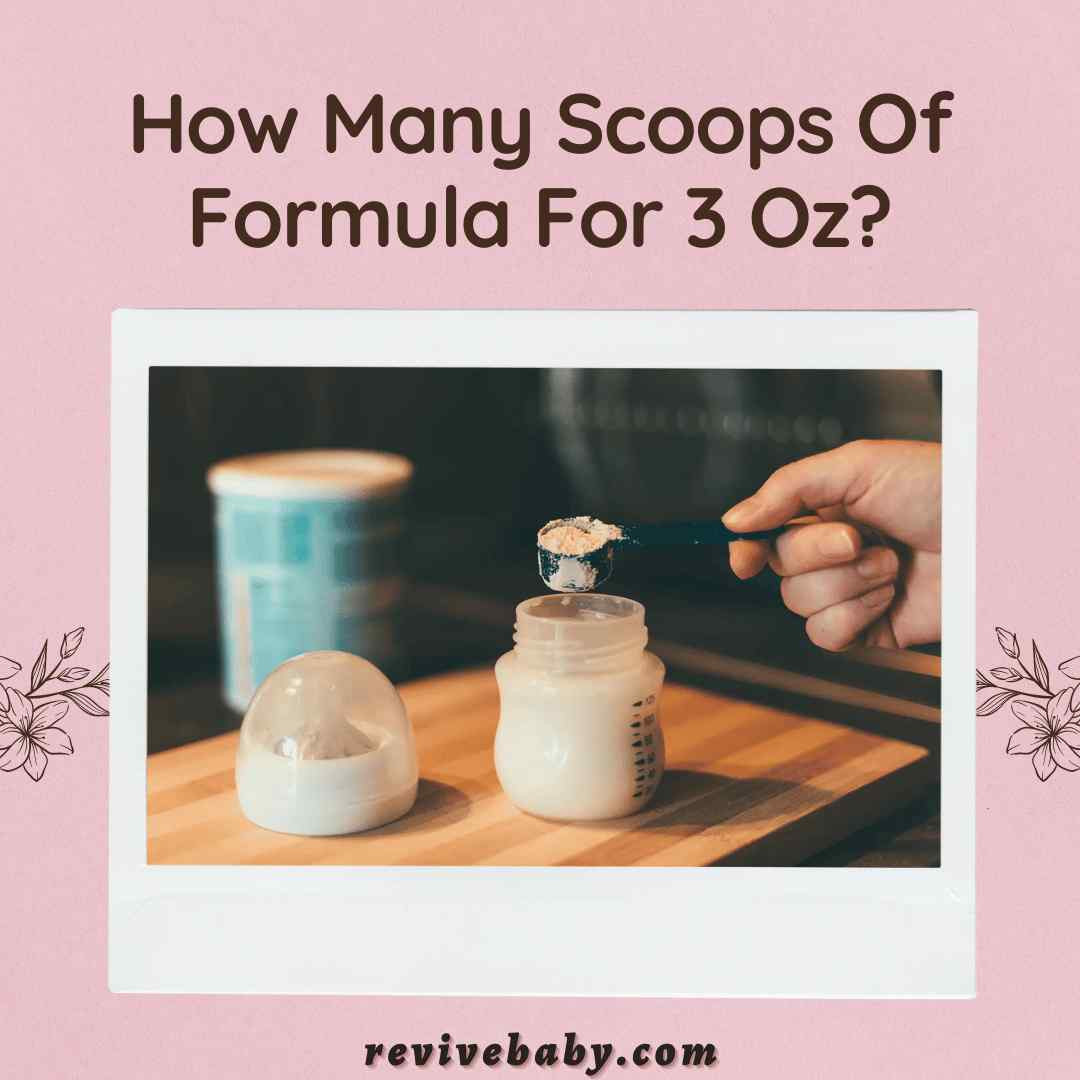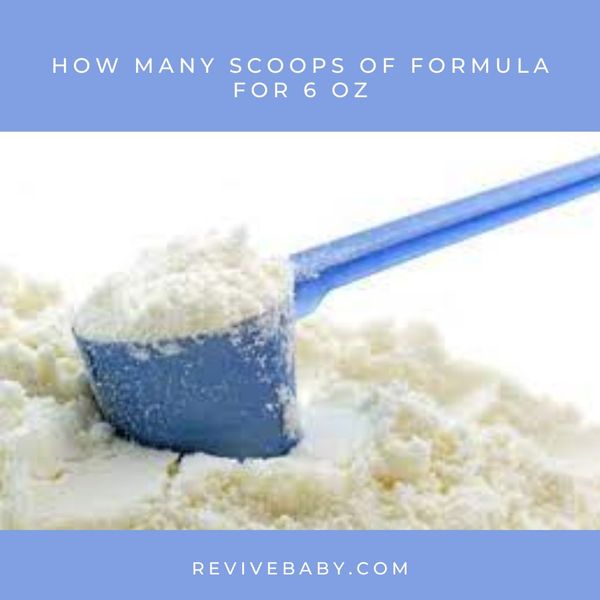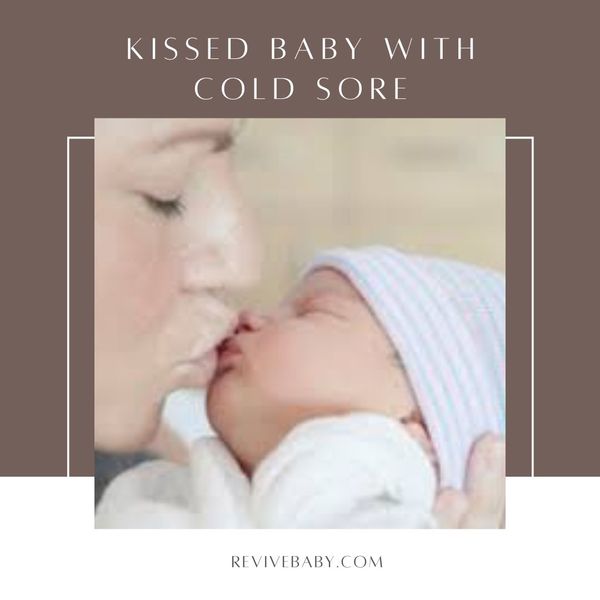The formula you need to use depends on your chosen brand, as some require more or less than others. You should follow the instructions on the packaging and use a measuring cup to ensure you are getting enough milk for your baby’s age and weight.
According to the American Academy of Pediatrics (AAP), parents should start with half a scoop of formula per ounce of water. The AAP does not recommend adding extra sugar or salt to increase the concentration of infant formula because this could lead to dehydration, hypernatremia (high sodium levels), and diarrhea.
How Much Formula To Feed Your Baby?
If you're wondering how much formula to feed your baby, talk to your doctor or nurse first. They'll be able to tell you exactly how much formula your child needs based on age, weight, and height.
Formula makers usually make a recommendation on their products' packaging. If you're using a concentrated formula, use the scoop to measure the amount of fluid needed for 3 ounces (or about 90 milliliters) of formula for your baby at each feeding time. For example, if you're using a powdered brand that makes 2 ounces (60 milliliters) per scoop, add 1/2 scoop per feeding time.
Does 3 Ounces Equal 1 Tablespoon?
This is a common question, and the answer is that it depends on what you are measuring.
Some formula manufacturers suggest their product be used with 3 fl oz of water per feeding.
For example, Enfamil has a chart that shows you how much to add depending on your baby's age. They recommend adding ¾ tsp of powder to 3 fl oz of water. If you have a 3 oz baby and follow this recommendation, you will give them 2½ tbsp (3 tbsp minus ½ tbsp).
It is important to note that the formula's serving size differs from the amount in ounces. For example, a 2-ounce bottle is 1/2 cup of formula. The label on the formula will show you how many ounces are in each container, but it won't tell you how many scoops are in there. You'll need to refer to the instructions on how much to give your baby and what size scoop to use.
If you're using ready-to-feed formula, it will say on the label how many ounces are in each container and what size scoop to use. If you're using powder or concentrate and making up your formula, you'll have to measure what you need using a measuring spoon or cup.
The answer depends on whether or not you're using ready-to-feed (RTF) formula and whether or not you're adding water before feeding your baby:
If you're using the RTF formula
If you're using powdered formula
Numbers Of Scoopes Based On
The number of scoops is based on your baby's weight and not the serving size. To calculate how much formula to give your baby, you need to know your baby's weight in pounds and ounces. For example, if your baby weighs 10 lbs., 7 oz., you would give him 7 oz. of formula per feeding. If he only eats 3 oz. At a time, then you would need to feed him twice a day instead of three times a day.
There are many types of infant formulas available today. You can choose from different types, such as soy-based, lactose-free, or cow's milk-based formulas. Depending on your child's health condition, your doctor may recommend one type.
How Do You Make A 3oz Bottle?
There are two ways to make a three-ounce bottle. One is to add one scoop of formula powder to your bottle, fill it up with water and shake well. The other way is to prepare a six-ounce bottle and divide it into two three-ounce bottles. Either way will work just fine.
To prepare a six-ounce bottle, use the following steps:
- Mix two scoops of formula powder with warm water in a clean container;
- Stir well until all lumps dissolve;
- Add more warm water if needed (don't overfill); and
- Shake until mixed well.
How Many Scoops Of Formula For Baby’s Bottle?
General Guidelines For Infant Feeding

How To Prepare A Bottlefeed?

A clean bottle is essential for the health of your baby. You can use warm water and soap to wash bottles and nipples, but sterilizing them is the best way to eliminate germs. Soak all the bottle parts in hot soapy water for at least five minutes, then rinse well and shake off excess water before drying them with a clean towel.
The following steps will help you prepare a bottle and ensure your baby's meal is safe and nutritious:
Step 1: Check the date on the formula container. The formula should be discarded one month after opening, even if it's unopened.
Step 2: Clean off any dried formula on the inside of the nipple by running hot water over it with your finger or a small brush.
Step 3: Pour the correct amount of water into a clean cup or bowl (3 oz). Check your baby's instructions for how much water to use per formula serving.
Step 4: Add powder while stirring with a clean spoon until dissolved completely (approximately 20 seconds). Do not over-stir, as this can cause extra air bubbles, leading to colic in some babies.
Step 5: Pour the contents into the bottle and shake well (about 10 seconds).
Are All Baby Formula Brands The Same?

It depends on what you're looking for. Some brands contain more nutrients babies need, and some contain fewer, but all formulas are made to meet FDA standards. The important thing is that your baby gets what they need from the formula you choose.
Many parents worry they're not giving their babies the best food possible. But you should know that most formulas are nutritionally equivalent, meaning they contain the same nutrients in roughly equal amounts. The biggest difference between formulas is taste, texture, and price.
Ingredients Of Formulas For Younger Than 6 Months Babies
Formulas for babies younger than 6 months comprise cow's milk or soy protein with added vitamins and minerals. Some formulas also contain DHA and ARA fatty acids from fish oil to promote brain development.
Ingredients Of Formulas For Older Than 6 Months Babies
Formulas for babies older than 6 months may be made with rice or soy proteins instead of cow's milk protein if your child isn't tolerating cow's milk well.
Availability Of Formulas - Liquid And Powdered Form

Formulas are available in powdered or liquid form; both types contain the same nutrients as long as they're made from the same kind of milk powder or liquid. It's impossible to tell whether a bottle contains powdered or liquid formula because both types are packaged in identical containers with similar labels.
Nutritional Content
Some formulas are designed to be nutritionally balanced for babies with issues with digestion or absorption that make it difficult for them to tolerate cow's milk protein. These formulas are often labeled "hypoallergenic." Other formulas are designed to be more easily digested by babies with less severe sensitivities or allergies to cow's milk protein.
Enzymes And Other Ingredients
Enzymes and other ingredients are designed to help babies digest milk more easily. Some formulas contain enzymes that help break down the proteins in cow's milk, which makes them easier for babies' bodies to absorb. Other formulas contain "probiotics" — live bacteria that help promote healthy digestion.
Ingredients that reduce colic symptoms or gas (if desired)
Colic is a common symptom among newborns, making feeding time stressful for both parents and babies. Parents may try adding certain ingredients to the formula to reduce the gas their baby produces during feedings, such as carob bean gum or lactase enzyme.
Ingredients that aid in digestion
Some formulas contain probiotics, which are good bacteria that help with digestion. This can be beneficial for babies who have trouble digesting milk.
Ingredients that promote healthy skin and hair
Some formulas include omega-3 fatty acids, which are important for brain development and vision. Omega-3 fatty acids are also found in breast milk; many infant formulas contain them.
Common Additions In Formula Milk
The best infant formula contains at least 20% protein and 10% fat. Specialty formulas may contain more than 20% protein or have additional ingredients like DHA and AA — but it’s important to remember that these are added to enhance the formula’s benefits, not replace them entirely.
Docosahexaenoic acid (DHA) and Arachidonic acid (AA): These fatty acids in breast milk help with brain development and vision. Look for formulas that have DHA/AA added to them.
Bifidobacterium lactis HN019 probiotic culture and Lactobacillus rhamnosus GG probiotic culture. These cultures help maintain intestinal health.
Alpha-linolenic acid (ALA): is an omega-3 fatty acid found naturally in breast milk that may reduce the risk of allergies by promoting healthy immune function. It's also found in some infant formulas; look for ones containing at least 0.2% ALA per serving since this amount is considered adequate for infants.
Soy lecithin: This ingredient helps prevent constipation and promotes healthy brain development by helping the absorption of other nutrients like DHA and AA.
Prebiotics: These are added to formulas that contain probiotics. They help probiotics survive the acidic environment in our stomachs.
Nucleotides: These are also added to formulas that contain probiotics. They help the development of healthy gut bacteria in babies.
Lactoferrin: This protein is added to formulas for premature babies and those with low birth weights. It can also be found naturally in breast, cow, and goat's milk but not in formula or human milk fortifiers.
Milk Fat Globule Membranes (MFGM): MFGM is natural ingredients from cows that are added to formulas for premature babies and those with low birth weights. They contain some immune-boosting properties and have been shown to positively affect babies at risk of allergies due to their mother's allergies.
So, We Concluded
There are 3.735 ounces in 1 US cup. The formula is 1 part baby formula to 4 parts water. So the math becomes 1.875 ounces (one part formula) plus 2 ounces of water equals a total of 3.875 ounces per 3oz serving.
Ask your baby's doctor if your formula label does not give a scoop size. They can tell you the scoop to get the right formula for your baby. Also, always clean and sanitize the scoop before and after each use.
Related Posts









